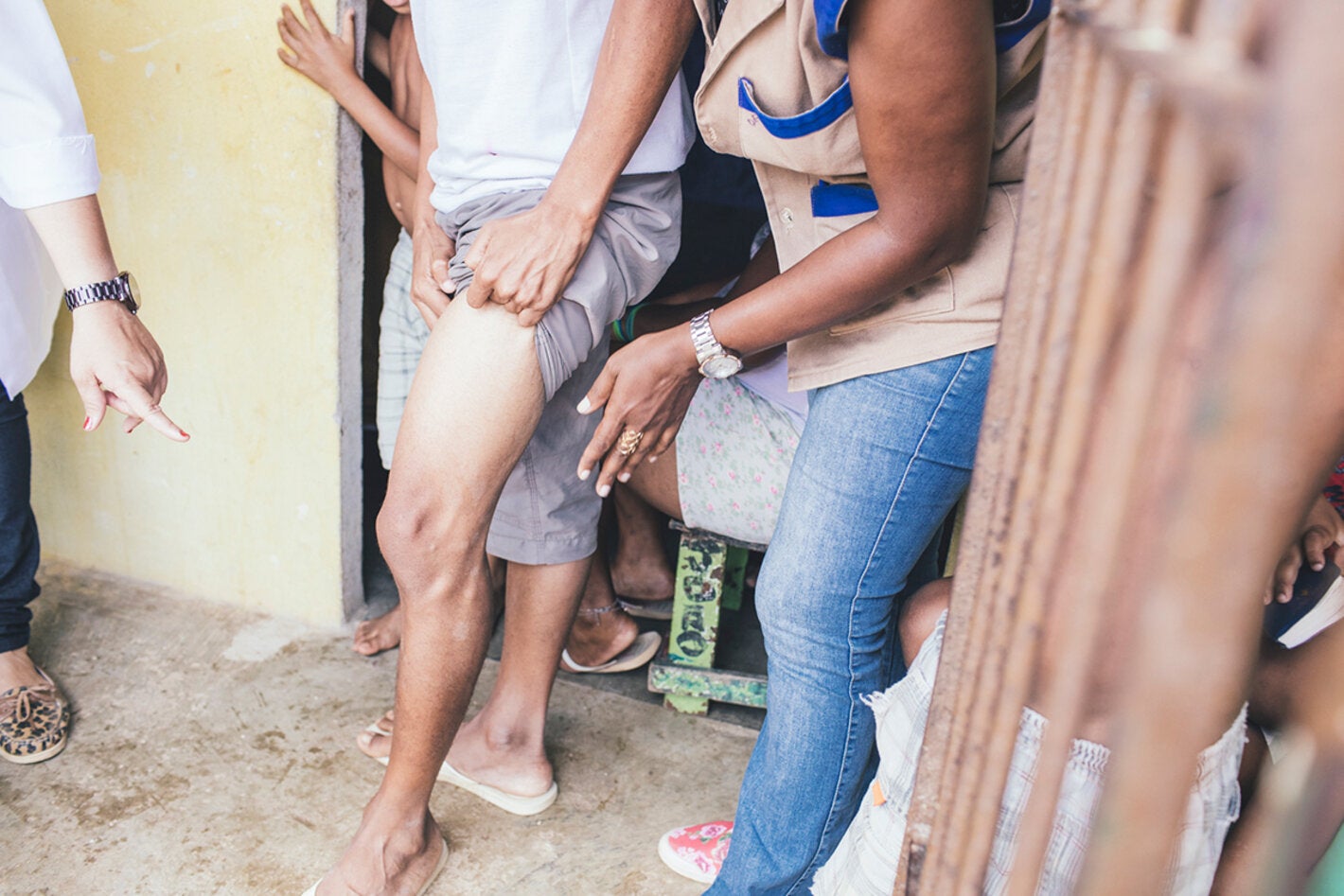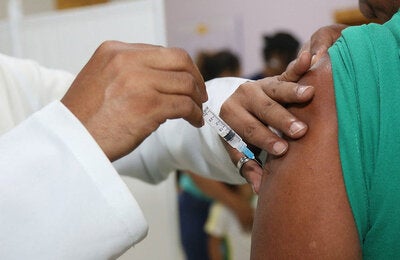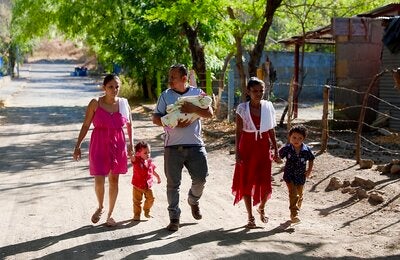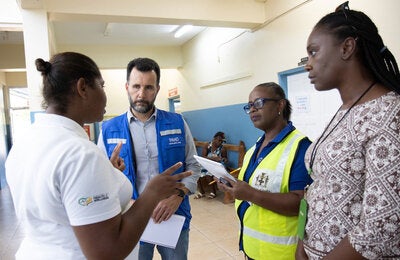
Washington, DC, January 30, 2017 (PAHO / WHO)—Although cases of leprosy in the Americas have declined by more than 30 percent in the last decade, cases are still being notified in some countries, highlighting the need to maintain disease control measures to sustain that decline.
On World Leprosy Day this month, the Pan American Health Organization/World Health Organization (PAHO/WHO) is calling for proactive detection and early diagnosis to achieve zero cases of leprosy-related disabilities in children, the theme of the campaign this year.
Leprosy is a chronic disease caused by a slow multiplying bacillus, Mycobacterium leprae, which multiplies slowly and has an incubation period of about 5 years. Symptoms can take as long as 20 years to appear. The disease mainly affects the skin, the peripheral nerves, mucosa of the upper respiratory tract, and the eyes. Leprosy is curable with multidrug therapy (MDT), which is free in all countries..
New cases of leprosy detected in the Americas decreased from 52,662 in 2004 to 33,789 in 2014, a 35 percent drop, according to PAHO / WHO. However, in the last five years new cases of leprosy have been detected in 24 countries of the Americas, with 94 percent of these cases located in Brazil.
Although leprosy is present in 24 of 35 countries in the region, it has been eliminated as a public health problem, meaning less than one case is reported per 10,000 people in the country, everywhere except in Brazil.
The strategy to combat this disease has been to increase access to diagnosis through the integration of leprosy services into primary health care, active case finding to ensure early detection, and free treatment with multidrug therapy (MDT) to ensure its cure.
Brazil is working hard to achieve elimination as well as to reduce the burden of disease, with a program that integrates strategies to address leprosy with those against other neglected infectious diseases.
World Leprosy Day, observed on the last Sunday of January, focuses on the target of zero cases of leprosy-related disabilities in children. Disabilities do not occur overnight, but happen after a prolonged period of undiagnosed disease. Early detection is key to achieve this target, alongside scaling up interventions to prevent leprosy transmission.
Addressing the socio-economic needs of affected persons and communities and taking concrete measures to end stigma—often the reason for late diagnosis—is vitally important.



